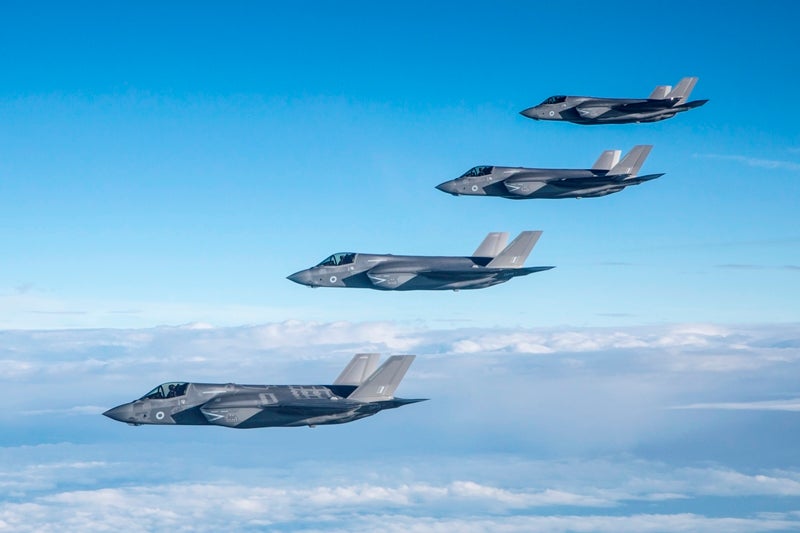
The British Royal Air Force (RAF) has started a series of capability tests on a Leonardo-developed missile decoy device called BriteCloud on Typhoon fighter aircraft.
BriteCloud is a drinks-can sized missile decoy that has been designed to offer protection to combat jets from the latest radar-guided missiles.
The device was designed and manufactured by Leonardo in Luton. The RAF has tested and released the miniature decoy for the first time on its Typhoon jets fleet.
Using radar emissions, BriteCloud has the ability to disrupt the targeting system within air-to-air and surface-to-air missiles.
The device is designed to be fired from an aircraft flare dispenser, eliminating the need for modification to the aircraft.
UK Defence Minister Stuart Andrew said: “BriteCloud offers the RAF a powerful and cost-effective way to keep our pilots safer than ever on the frontline.

US Tariffs are shifting - will you react or anticipate?
Don’t let policy changes catch you off guard. Stay proactive with real-time data and expert analysis.
By GlobalData“These trials show the UK industry is once again at the heart of defence innovation, providing our armed forces with state-of-the-art capabilities and creating high-tech jobs across the country.”
The Ministry of Defence has been supporting Leonardo in the development of BriteCloud since 2012. The project has seen the government invest £27m to date.
During the first trial in April, 33 BriteCloud 55 rounds were dispensed from British Typhoon aircraft targeting a range of threats that simulate real-world threats encountered on the battlefield.
The RAF is planning to undertake additional trials to make sure the decoy can be launched safely from the aircraft.
In addition, the trials will set the stage for development of operational uses for the technology, including expanding deployment of decoy devices to military helicopters and C-130 Hercules military transport aircraft.
Information obtained from the Typhoon trials will enable the service to understand how such decoys could be deployed on its F35 Lightning stealth fighter jets.
Subject to success of the trials, the RAF plans to roll out the devices for frontline aircrews by the end of this year.
The BriteCloud 55-T was unveiled by Leonardo in June last year.



